It’s the most wonderful time of the year to take stock of everything that’s been ripped to shreds around town recently, so we built this tool to help you do so. The map above shows the location of every demolition permit filed with the City of Houston in 2018. Here’s a full-size version. In total 2,312 properties were tagged for demo, some of which — like, say, apartment or industrial complexes — saw multiple structures go down on their premises. Zoom in and you’ll see the clusters start to break down into individual address markers that tell you more about what went down. (Multi-building demos are indicated by the bullseye icons with multiple rings.)
Recognize any of last year’s high-profile disappearances? The Shelor Motor Company Building at 1621 Milam St., for instance? KHOU’s flooded newsroom at 1945 Allen Pkwy.? The Depression-era Harris County District Attorney’s Building at 201 Fannin, Clark Gable’s former house at 411 Hyde Park Blvd., the northeast portion of the River Oaks Shopping Center at 1958 W. Gray St., La Colombe d’Or’s ballroom at 3410 Montrose Blvd., architecture firm Caudill Rowlett Scott’s former HQ at 1177 West Loop South, Exxon Chemical’s old conference building at 13501 Katy Fwy., the mysterious Heights corner compound at 620 W. 9th St., Shake Shack’s Burger King predecessor at 1002 Westheimer, the last traces of KBR’s Fifth Ward complex at 2720 Clinton Dr., the bungalow at 610 Allston St. where Mary Cerruti — the homeowner who refused to make room for Trammell Crow’s adjacent Yale at 6th apartments — was found dead inside one of the walls?
They’re all there. This time, however, they’re sharing the spotlight with all their fellow, but significantly less fussed-over knockdowns, the kinds that form the bulk of Houston real estate turnover. For a look at where across-the-board demo activity was the most concentrated last year, take a look at our 2018 demolition heatmap:


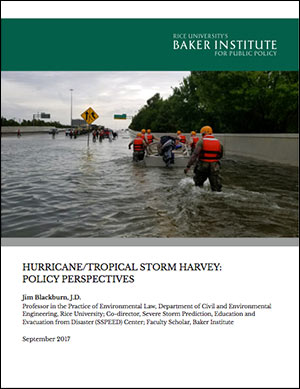
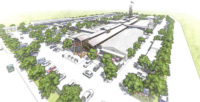 “Something that seems to make other markets around the world such successful destinations (Pike Place, Borough Market, Reading Terminal, etc.) is their accessibility within a dense urban core. In each case, the locations are accessible to pedestrians and located near high-traffic public transit locations. They are also near other walkable destinations like stores and restaurants, art galleries and museums; within walking distance from hotels and other destinations. It will be interesting to see how this works out in Houston on Airline Dr., with all of the car traffic and expansive space needed to accommodate parking. I hope Airline and Cavalcade get to be a little more walkable, and buses run there more often.” [
“Something that seems to make other markets around the world such successful destinations (Pike Place, Borough Market, Reading Terminal, etc.) is their accessibility within a dense urban core. In each case, the locations are accessible to pedestrians and located near high-traffic public transit locations. They are also near other walkable destinations like stores and restaurants, art galleries and museums; within walking distance from hotels and other destinations. It will be interesting to see how this works out in Houston on Airline Dr., with all of the car traffic and expansive space needed to accommodate parking. I hope Airline and Cavalcade get to be a little more walkable, and buses run there more often.” [ Homeowners in the area would be wise to keep a keen eye as to the elevation of the current Fiesta property, document with photos and watch as the builders elevate the ground of the property two or more feet above existing grade. This elevation of property will push water off the commercial property and onto lower lying homeowners and existing small businesses. I attended a talk this week with a flooding expert from Texas A and M who pinpointed development as the primary driving cause of Houston’s flooding. This was a highly intelligent and well regarded college professor and researcher. He says he gets phone calls from first time flood victims and always asks if anything was recently built in the area. Often they will say that a Wal-Mart or something similar was built immediately before their flooding problem started. This is real, everyone. Document your lawsuit evidence today.” [
Homeowners in the area would be wise to keep a keen eye as to the elevation of the current Fiesta property, document with photos and watch as the builders elevate the ground of the property two or more feet above existing grade. This elevation of property will push water off the commercial property and onto lower lying homeowners and existing small businesses. I attended a talk this week with a flooding expert from Texas A and M who pinpointed development as the primary driving cause of Houston’s flooding. This was a highly intelligent and well regarded college professor and researcher. He says he gets phone calls from first time flood victims and always asks if anything was recently built in the area. Often they will say that a Wal-Mart or something similar was built immediately before their flooding problem started. This is real, everyone. Document your lawsuit evidence today.” [

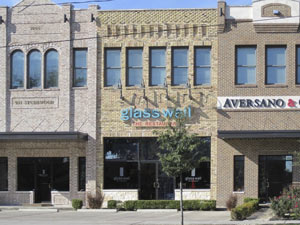 TheÂ
The  “But hey, why bother [with impermeable ground cover]? I’m sure this city will continue to grow and prosper and the taxes will still come pouring in, years after it exacerbates its reputation as a flooded-out mess far behind the tipping point. It will make our elected leaders look so smart when the pension system fails
“But hey, why bother [with impermeable ground cover]? I’m sure this city will continue to grow and prosper and the taxes will still come pouring in, years after it exacerbates its reputation as a flooded-out mess far behind the tipping point. It will make our elected leaders look so smart when the pension system fails  Mike Snyder reports from a dead empty plaza at the new Smart Financial Centre in Sugar Land for the Chronicle this week — utilizing the deserted backdrop for some quiet contemplation and speculation regarding the development’s likely ability to draw long-term business. So-called “destination center” projects like Smart Centre and Town Square are “a big part of [Sugar Land’s] long-term financial strategy to broaden our economic base and keep our property taxes low,” city business director Jennifer Mays tells Snyder — but Snyder and others suggest that a lack of nearby residential development may make it harder for Smart Centre to take off the way Town Square has.
Mike Snyder reports from a dead empty plaza at the new Smart Financial Centre in Sugar Land for the Chronicle this week — utilizing the deserted backdrop for some quiet contemplation and speculation regarding the development’s likely ability to draw long-term business. So-called “destination center” projects like Smart Centre and Town Square are “a big part of [Sugar Land’s] long-term financial strategy to broaden our economic base and keep our property taxes low,” city business director Jennifer Mays tells Snyder — but Snyder and others suggest that a lack of nearby residential development may make it harder for Smart Centre to take off the way Town Square has. 
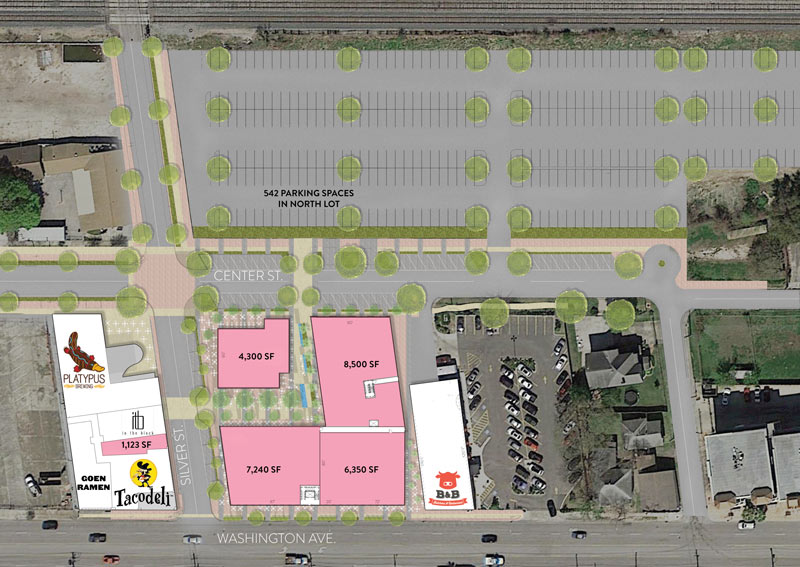
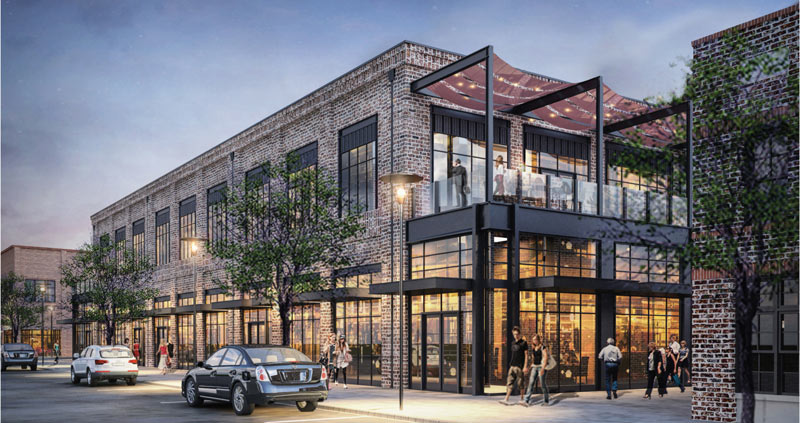

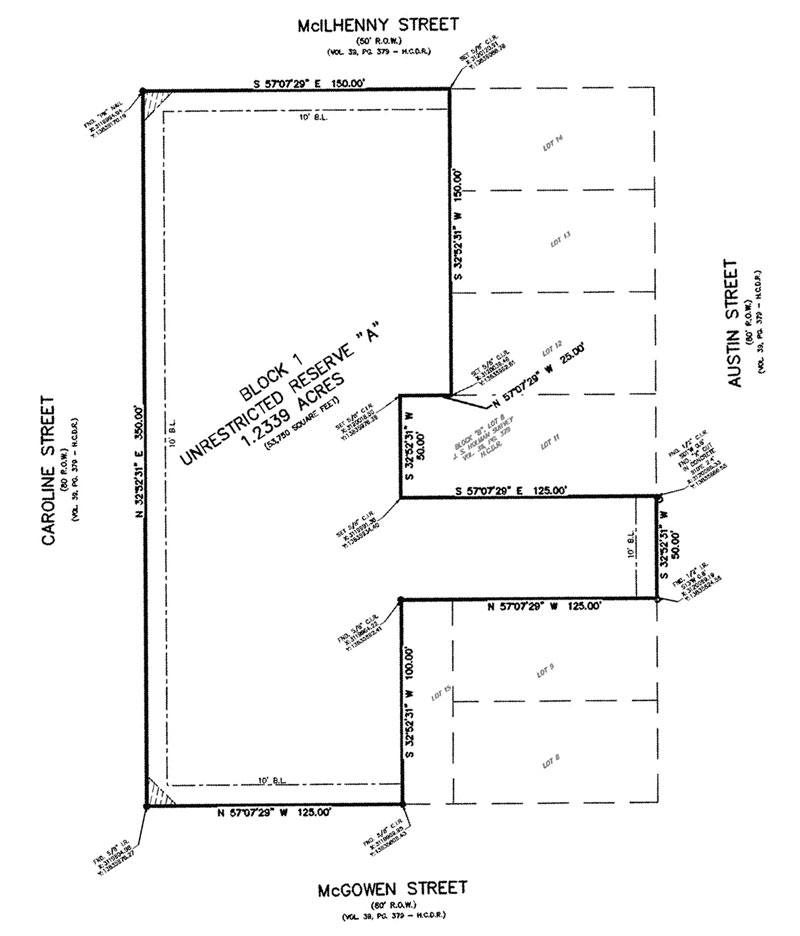
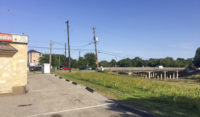 “Is the new business going to incorporate the bayou, or keep its back turned to it? Would be nice to see the
“Is the new business going to incorporate the bayou, or keep its back turned to it? Would be nice to see the 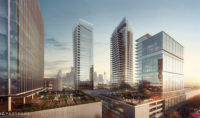 “Rendering 1: Shiny multifamily tower, midrise condo and office buildings, multilevel retail center with parking neatly concealed in above- and below-ground garages tucked under the buildings. Sleek architecture looking like something on Vancouver Island or in Dubai. Rendering 2: [Single] midrise office building and 6-story stucco apartment complex with hats. Big parking garage with a 2 story retail strip center wrapped around one side. Rendering 3: 4-story
“Rendering 1: Shiny multifamily tower, midrise condo and office buildings, multilevel retail center with parking neatly concealed in above- and below-ground garages tucked under the buildings. Sleek architecture looking like something on Vancouver Island or in Dubai. Rendering 2: [Single] midrise office building and 6-story stucco apartment complex with hats. Big parking garage with a 2 story retail strip center wrapped around one side. Rendering 3: 4-story 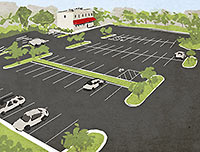 “Blame our city’s efforts at ‘planning’ in lieu of zoning. In the early 70’s, due to insufficient wastewater infrastructure, the city enacted a ban on apartment buildings of more than 4 units inside the Loop (driving much of apartment development to Uptown and Meyerland) and enforced a 5000-sq.-ft. minimum lot size. This gave rise to the Montrose 4-plex (of which there are
“Blame our city’s efforts at ‘planning’ in lieu of zoning. In the early 70’s, due to insufficient wastewater infrastructure, the city enacted a ban on apartment buildings of more than 4 units inside the Loop (driving much of apartment development to Uptown and Meyerland) and enforced a 5000-sq.-ft. minimum lot size. This gave rise to the Montrose 4-plex (of which there are 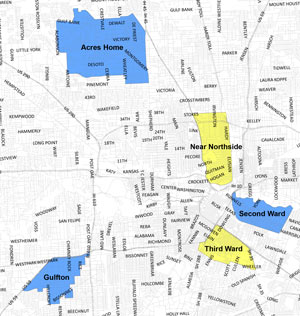 The Texas Low Income Housing Information Service released a statement right after Mayor Turner’s
The Texas Low Income Housing Information Service released a statement right after Mayor Turner’s